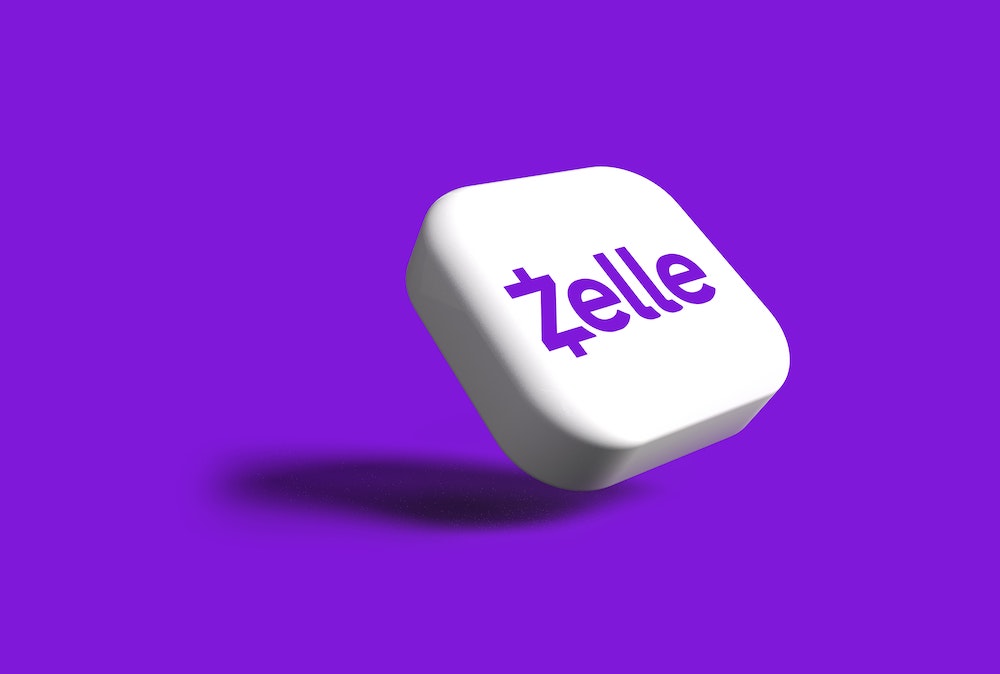Banks Refusing To Pay Back Customers Scammed Through Popular Payment App?
Big banks aren't paying back more than 90% of theft claims made by those who were scammed through Zelle.

As long as we have online banking and peer-to-peer payment apps, it would seem there will be instances of fraud and different scams out there. In the past, one could sometimes trust that if they fell victim to a scam through a bank app the institution would do right by the customer. But with the recent uptick in Zelle scams, that hasn’t been the case and millions of customers are being left holding the bag when it comes to recovering funds lost through Zelle’s service.
According to CNN, following up on reports made by The New York Times, as well as a recent government investigation, it appears that reported scams and theft taking place through the Zelle platform aren’t being reimbursed by the banks who own the operator. In fact, the numbers suggest that these banks, while being aware of the issue, seem to be doing very little to curb customers falling victim to predatory scammers looking to get their funds.
With this reporting, it was determined that banks were not paying 90% of the cases involving Zelle scams and there were more than $400 million dollars lost or stolen by Zelle customers. Where banks take cover here is in the difference between “Authorized” or “Unauthorized” transactions.
If a Zelle customer is providing their information willingly to a scammer and the latter removes funds, the banks will often say that it appears as if it was an Authorized transaction seeing as how the scammer had all of the correct banking information.
One of the “popular” scams having to do with Zelle involves folks getting messages that a large payment needs to be approved through the app. This will often come in the form of an email or text message. If there is a follow-up saying that no transfer has been approved, a scammer calls and pretends to be the bank, at which point they attempt to gain the private information needed to make an actual, unwanted transaction. Namely, that’s when they actually steal the funds.
The contention here is that gaining the banking information through a Zelle scam is still akin to an Unauthorized transaction meaning the banks should be reimbursing customers. But that hasn’t been the case at all. And seeing as how these scams seem to only be growing in popularity (so to speak) there is a chance to see a continued spike in Zelle scam cases.
Zelle is a joint venture between the major banks including Bank of America, Truist, Capital One, JPMorgan Chase, PNC Bank, U.S. Bank, and Wells Fargo. In this way, it comprises much of the legacy banking system and why the government is taking notice of how these Zelle scams are being handled.
Zelle’s response to the issue has been to basically sidestep the central problem and focus more on the fact that a vast majority (99%+) of the transactions through the platform are on the up and up. While this is encouraging, it still doesn’t address the millions being siphoned from accounts through the scam.











